Vandals (Vandali; Vandili)
The Vandals were a tribe of ancient GERMANICS whose migrations over the centuries took them
farther than any other Germanic people, except the Vikings: from eastern Europe, through central
and western Europe, all the way to North Africa in the fifth century C.E. They were among the principal enemies of the ROMANS, sacking Rome in 455.
ORIGINS
The Vandals are thought to have originated on the northern Jutland Peninsula in present-day
Denmark, although some scholars, on the basis of similarity of place-names, place the ancestral
group in Norway or Sweden. At some point, possibly as early as the fifth century B.C.E. but more
likely in the second century B.C.E., the Vandals crossed the Baltic Sea to present-day northern
Poland. They are associated by archaeologists with the Przeworsk culture of the Vistula-Oder
region, characterized by burials of warriors with their full war panoply, including spurs, showing
that, unlike many Germanic groups, Vandals, considered cavalry an important part of warfare.
They perhaps were descended from the same ancestral group as the LUGII. By about 120 B.C.E.
the Vandals made their home in the Sudeten Mountains of Silesia, a region mostly in what is
now southwest Poland, with parts in the adjoining present-day Czech Republic and Germany.
Two major groups eventually formed among them: The Siling Vandals remained in Silesia.
The other major subgroup, the Asding Vandals (Hasdingii, or long-haired), lived to their east in
present-day Slovakia.
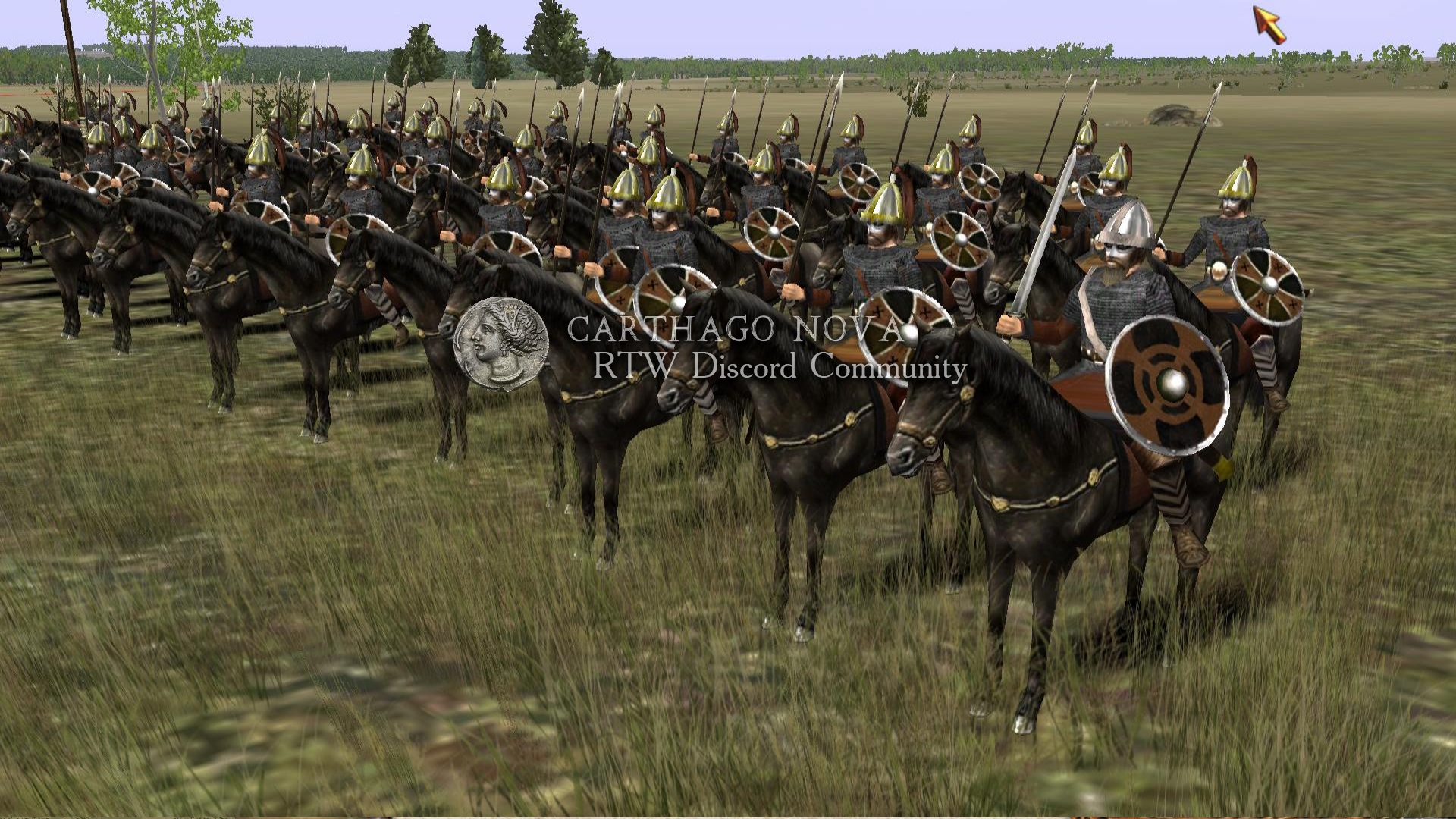
HISTORY
Early Contacts with Romans
The Vandals had no direct contact with the Romans until the mid-second century C.E., when they, along with many other Germanic tribes, began important mass movements toward the empire, which led to clashes with the Roman army. Many Germanic groups closer to the Imperial border were becoming Romanized, whereas the only effect Rome had on the Vandals was through the slave trade they conducted with Germanic tribes. The role of the Vandals in this trade was to supply the slaves, whom they captured in war. As a result war became increasingly important in their society. Thus when the Vandals began to attack Roman territory they were among the most ferocious and ruthless of the Germanic tribes, their name a byword for wanton destruction. In 171 C.E. the Asding Vandals, under the dual kings Raus and Rapt, requested permission of the Romans to enter the province of Dacia (roughly modern Romania), where they became influenced by the steppe peoples and adopted an equestrian way of life. By 270 C.E. some Asdings had settled in the Roman province of Pannonia (roughly modern Hungary). Siling warriors during that period reportedly supported both the GOTHS and the BURGUNDII in battles against Romans. Both groups raided the Balkan Peninsula.At some point in the third century some Silings settled in present-day south-central Germany.
Vandals time line
B.C.E.
c. second century Vandals migrate from the Jutland Peninsula to territory
between Vistula River and Oder River.
c. 120 Vandals settle in Silesia.
C.E.
171 Asding Vandals migrate to Dacia.
c. 270 Asding Vandals migrate to Pannonia.
406 Vandals, Suebi, and Alans enter Gaul.
409 Vandals, Suebi, and Alans enter Spain.
429 Vandals enter Africa.
439 Vandals occupy Carthage.
440 Vandals invade Sicily.
455 Vandals, arriving by sea, sack Rome.
534 Vandals defeated by Byzantines.
The Asdings were traditional enemies of the VISIGOTHS competing for territory in Dacia and suffered at least one major defeat in the midfourth century. During this period some Vandals began to convert from their pagan religion to Arian Christianity. Unlike the Visigoths and OSTROGOTHS, many of whom also converted to Arianism in the fourth century, the Vandals did not convert to Orthodox Christianity later in their history.
Migration to the West
In about 400 Asding Vandal lands could no longer support the population, and they decided to migrate westward under Godigisel. Pressure from the Visigoths and the HUNS, recently arrived in Europe, also was a factor. The Asdingswere joined by neighboring groups—the Germanic SUEBI (in particular the QUADI) as well as the Sarmatian ALANS. In 401 they were defeated in Raetia by the Romans commanded by Flavius Stilicho, a Roman general—ironically of Vandal ancestry—who fought for Flavius Honorius, emperor of the West, preventing their advance southward onto the Italian Peninsula. For more than a decade until he was murdered by Honorius’s orders, Stilicho was remarkably successful in stemming the Germanic tide all over the Western Empire. A statue was erected in his honor in the Roman Forum, with a dedication praising his bravery and fidelity, telling of the “exceptional love” the Romans held for him. In the course of their continuing journey westward along the Danube the Asdings and allies were joined by the Silings who had settled along the Main River. Italy was under attack by the Ostrogoths, along with some Asdings and Quadis, under Radagaisus and by Visigoths under Alaric I. As a result Stilicho withdrew Roman legions from the Rhine frontier, leaving it dangerously underprotected. Yet, on reaching the Rhine at the mouth of the Main the Vandals and their allies were confronted by forces of the FRANKS, who as auxiliary with militia units were guarding the border for Rome. They managed to defeat the Franks, but Godigisel was killed. His son, Gunderic, assumed power. On December 31, 406, the Vandals and their allies crossed the frozen Rhine into Gaul.
They proceeded west and south, plundering cities and towns along the way, including the imperial city of Trier (Treves), which they burned, and Boulogne, which they occupied. This invasion that spelled the beginning of the end of Roman control of Gaul. In October 409 after three years of raiding in Gaul the allied tribes crossed the Pyrenees into Spain. There they received land from the Romans: The Asdings under Hunderic and Suebi settled for the most part in Gallaecia in northwestern Spain; the Silings under Fredbal in Baetica in southern Spain; and the Alans under Addac in Lusitania (roughly modern Portugal).
The name of a region in present-day Spain, Andalusia, was Vandalusia, derived from the name of the Vandals. In these Vandal territories brigandage and sea piracy were the main providers of wealth; the Vandals preyed on society as wolves rather than creating new wealth; those conditions could not prevail indefinitely. The Vandal tenure in Spain was contested. The Visigoths, allies of the Romans, crossed the Pyrenees in 412 under Ataulf. Over the next years his successor, Wallia, campaigned successfully throughout much of the Iberian Peninsula. The Alans, upon defeat in 416–418, took refuge among the Asdings.
Vandals in Africa
Gunderic’s half brother, Gaiseric, one of the most able and ruthless of all Germanic kings, assumed power in 428. A towering authority as a war leader, he also had considerable skill as a politician, having a reputation long after his death as the cleverest of men. Because the wealth of Spain was beginning to be depleted, as king of the Vandals and Alans he led his people into North Africa the next year.
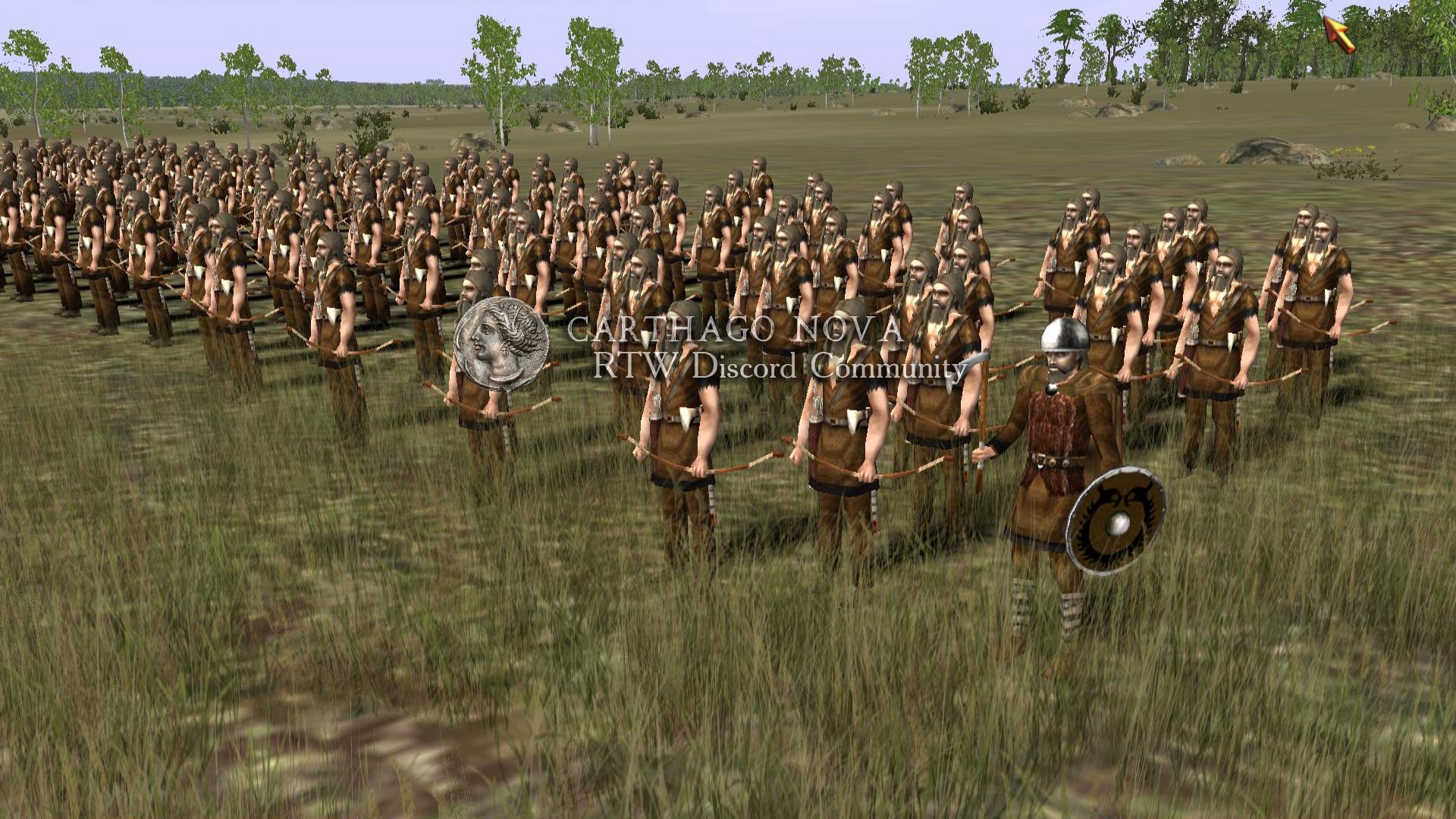
Gaiseric (also Genseric) born in about 400 C.E., known as the king of the Vandals and Alans, is notorious for the sacking of Rome in 455.As the illegitimate son of Godigisel he succeeded his half brother, Gunderic, and took command of an army of as many as 80,000 Vandals and Alans.Along with some Visigoths and other allies he invaded Africa, reportedly at the invitation of the Roman general and governor of Africa Bonifacius, who hoped to strengthen his own position.After he betrayed and defeated Bonifacius, Gaiseric advanced from the Strait of Gilbralter across North Africa, pillaging territories. In 439 he conquered Carthage, established it as a new capital of his African empire, and dismantled the Romans overlordship and imperial power. In negotiations with Rome in 442 Gaiseric gained the territories of Mauretania, Numidia, and Byzacena. He then annexed the Balearic Islands, Sardinia, Corsica, and Sicily. With these gains and the death of Emperor Valentinian III Gaiseric strategically took advantage of an undefended Rome. In 455, during a two-week pillaging of Rome, he enslaved the emperor’s wife, Eudoxia, and daughters. He then conquered parts of Greece and Dalmatia without opposition by Eastern Emperor Zeno.
Gaiseric is recognized as a military mastermind and negotiator.Yet he was more concerned with immediate conquest than establishment of a lasting empire. Sources indicate that his ruthless pillaging was inspired by a loathing of the Catholic Church. Churches and priests were often victimized by the Vandals with humiliation and violent death. Gaiseric died in 477, succeeded by his son, Hunneric.
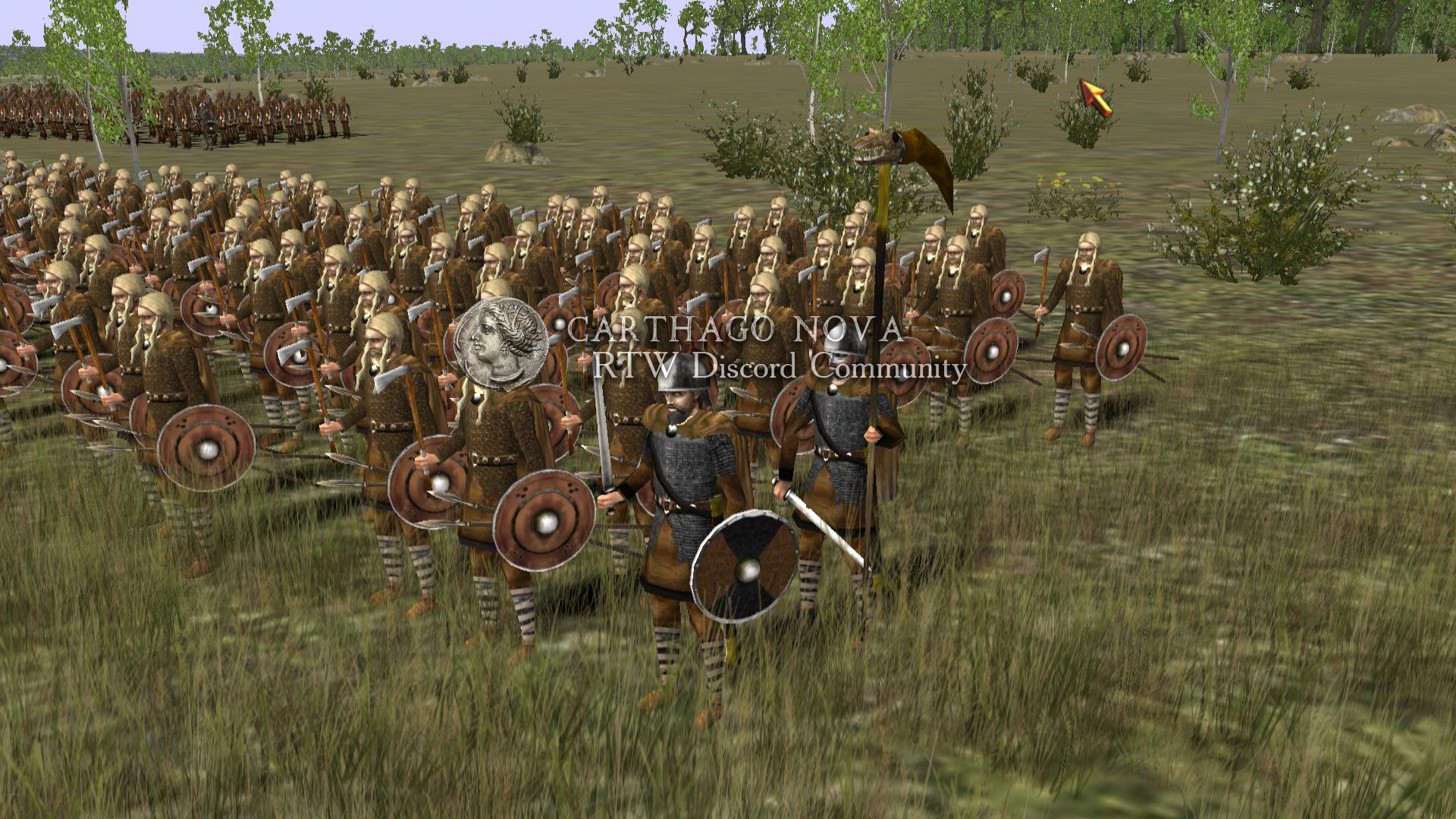
His army, perhaps as much as 20,000 strong, moved eastward with amazing speed, winning territory
in present-day Morocco, Algeria, and Tunisia, including Roman-held cities that produced grain for the empire. In two years the Vandals held the provinces of Mauretania and Numidia. In 431 the Vandals defeated the Romans commanded by Bonifacius at Hippo and its port Aphrodisium (south of present-day Annaba in northeastern Algeria). But even this did not satisfy Gaiseric, and he attacked the province of Africa, among the wealthiest in the empire. By 439 the Vandals had taken Carthage, the capital city of Africa in present-day Tunisia, the ancient city founded by the CARTHAGINIANS but controlled by the Romans since 29. The province of Africa was Rome’s “breadbasket”—the principal supplier of grain. The Vandals’ control of Africa allowed them to cut off grain supplies to Italy, furthering the disintegration of Roman government and society.
Before and during Gaiseric’s reign the Vandals also built up a fleet that dominated the western Mediterranean, carrying out acts of piracy. In addition to settlement along coastal North Africa the Vandals conquered Sicily, Sardinia, Corsica, and the Balearic Islands. In their campaigns of conquest, they, as Arians, dealt harshly with Orthodox Christians. In 455 the Vandals plundered Rome. In 468 they defeated a Byzantine fleet sent against them. After the death of Gaiseric in 477 Vandal power gradually declined. The Eastern Roman emperor, Justinian I, declared war on the Vandals; Belisarius was his general in the field.
In 533 he captured Carthage. The next year the BYZANTINES defeated the last resisting Vandal army under King Gelimar and captured Hippo, ending the kingdom of the Vandals and Alans. Their lands became part of the Eastern Roman Empire.
The Vandals played no major role in history after their defeat, although it is known that some
of them returned to eastern Germany and southwestern Poland, where they maintained their
identity as Vandals into the ninth century.
CULTURE
Compared to other Germanic tribes located closer to the border of the Roman Empire the Vandals had for centuries only distant contacts with the Romans. Their part in the extensive trade between Germanic tribes and Romans, which began after the Rhine border was established early in the first century C.E., may have consisted mostly in providing slaves for export to Rome via tribes to their south and west, closer to the border. These tribes grew extremely wealthy in this trade, acting as middlemen, while tribes such as the Vandals received comparatively little for their efforts, judging by their nburials, which contain only a few oddments of Roman goods, here and there gold or silver fibulae at the most.
The main, indirect effect the Romans had on the Vandals was to exacerbate greatly the instability of their society by making warfare increasingly important to it. The raiding by which Vandal warriors obtained slaves for the Roman market probably escalated over time, until Vandal society had become highly militarized. This, together with their awareness of the great wealth that existed among the “middleman” tribes and within the empire itself, would have furnished the Vandals and other tribes like them with an ultimately irresistible temptation to embark on an armed migration south. The precise reason they and other Germanic tribes began to move in the mid-second century C.E. will never be known in detail—which tribes went to war with one another, who won and who lost—but the general underlying cause was
very probably the Roman trade. The majority of the Vandals settled in and around Carthage, confiscating the lands of many wealthy Romans. Other Romans, however, were left in peace, and some Vandals adopted a Roman lifestyle; some elements of the Roman administrative system were allowed to function relatively intact. On the whole, however, most Vandals maintained their warlike ways, their strongholds used as bases for raiding and plundering.
The Vandals in their reputed “vandalism” furnish the most common image of the contribution
of Germanic tribes to the demise of the Roman Empire. Yet their effect on this collapse may have been more in the nature of a coup de grace, for they arrived on the scene relatively late: after Germanic peoples had impacted Rome in various ways for centuries (for example, as Julius Caesar’s justification for greatly extending the empire in the last century B.C.E.). The Goths, Visigoths, and Ostrogoths had done far more to weaken, and to transform, Rome before the arrival of the Vandals. Romanized Germanics such as these tribes and the Franks had created the groundwork for the largely German-led kingdoms of medieval Europe, which would slowly restore civilization to the continent while 824 Vandals the violent, improvident Vandals disappeared from history. It is not just an irony but a sign of things to come that the most famous Vandal was Stilicho, who had the “exceptional love” of the people of Rome.
FURTHER READING
Karen Eva Carr. Vandals to Visigoths: Rural Settlement Patterns in Early Medieval Spain
(Ann Arbor: University of Michigan Press, 2002).
Frank M. Clover. The Late Roman West and the Vandals
(Aldershot, U.K.: Variorum, 1993).
Thomas Hodgkin. Huns, Vandals and the Fall of the Roman Empire
(London: Greenhill, 1996).
A. H. Merrills. Vandals, Romans and Berbers: New Perspectives on Late Antique North Africa
(Aldershot, U.K.: Ashgate, 2004).
Malcolm Todd. Everyday Life of the Barbarians:Goths, Franks, and Vandals
(New York: Fromm International, 1988).
Resource: Encyclopedia Of European People
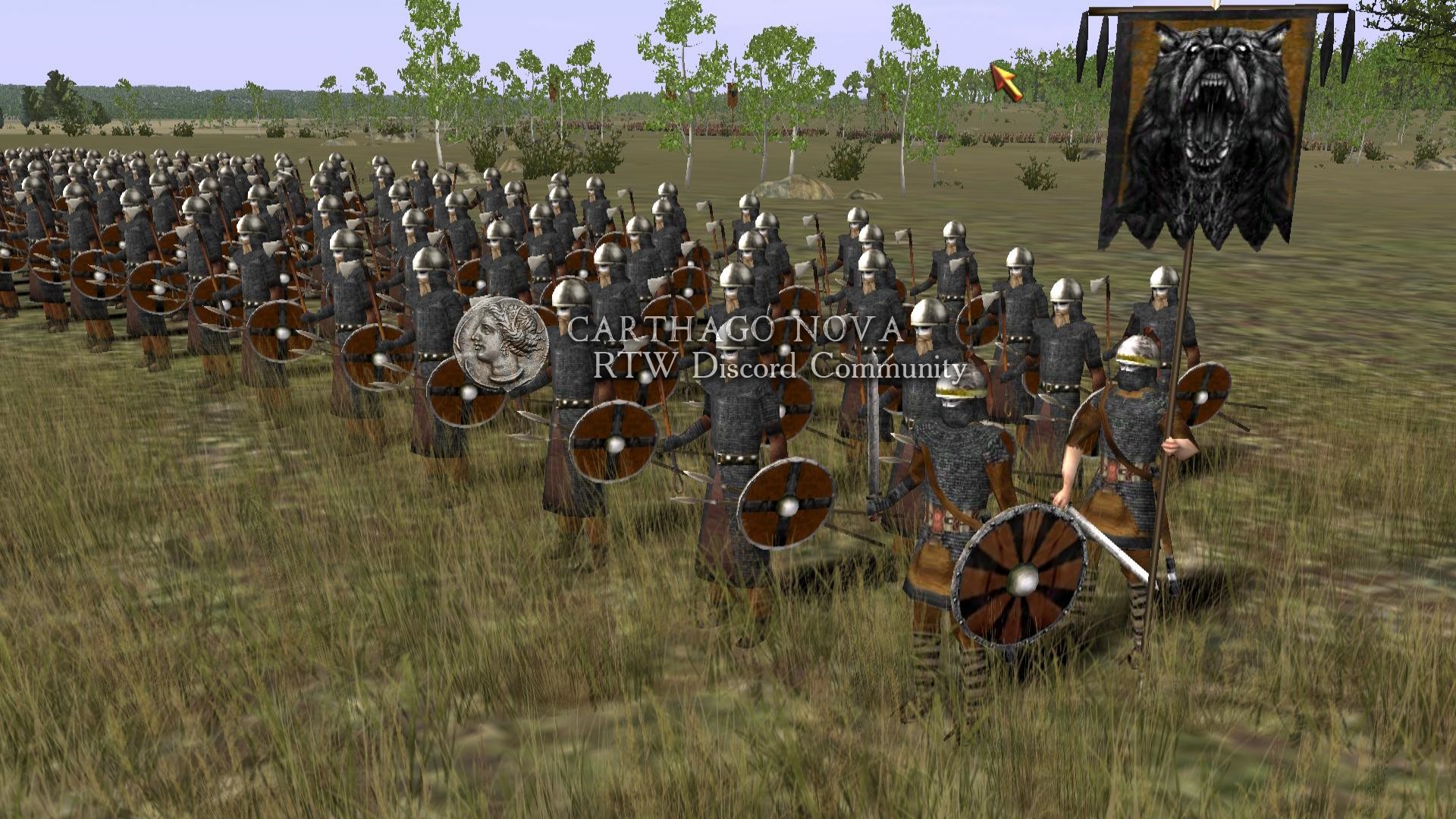
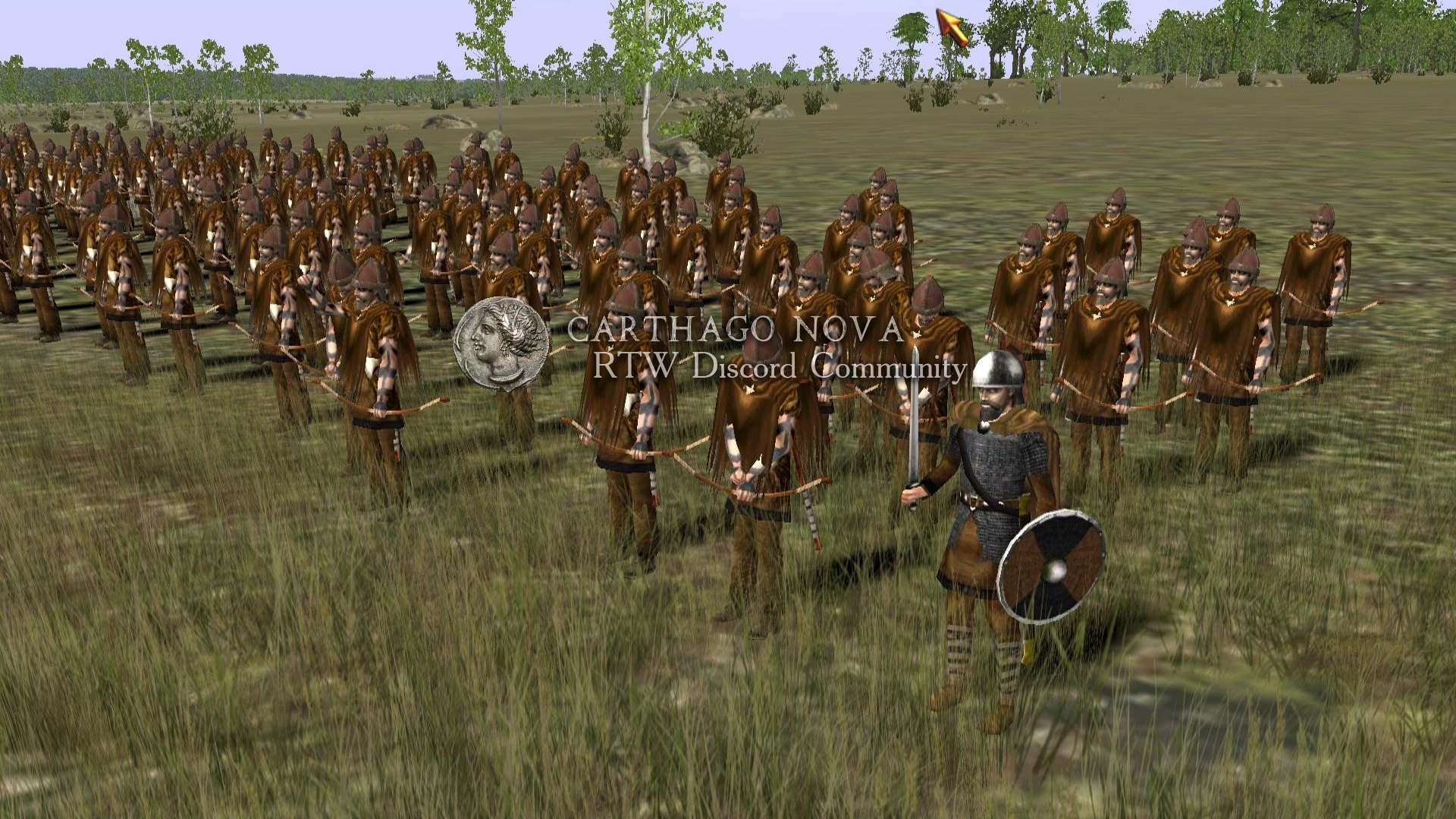
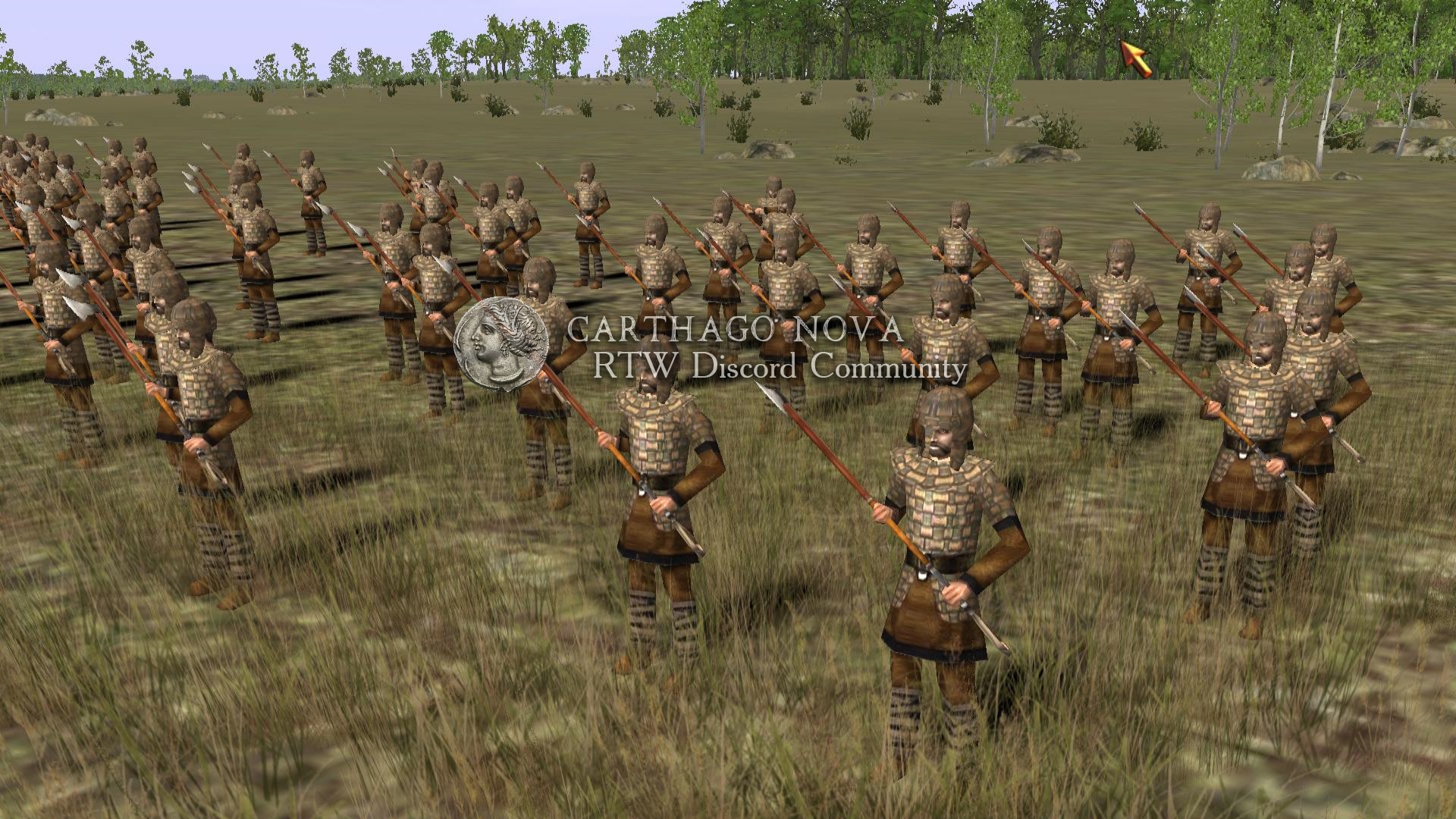


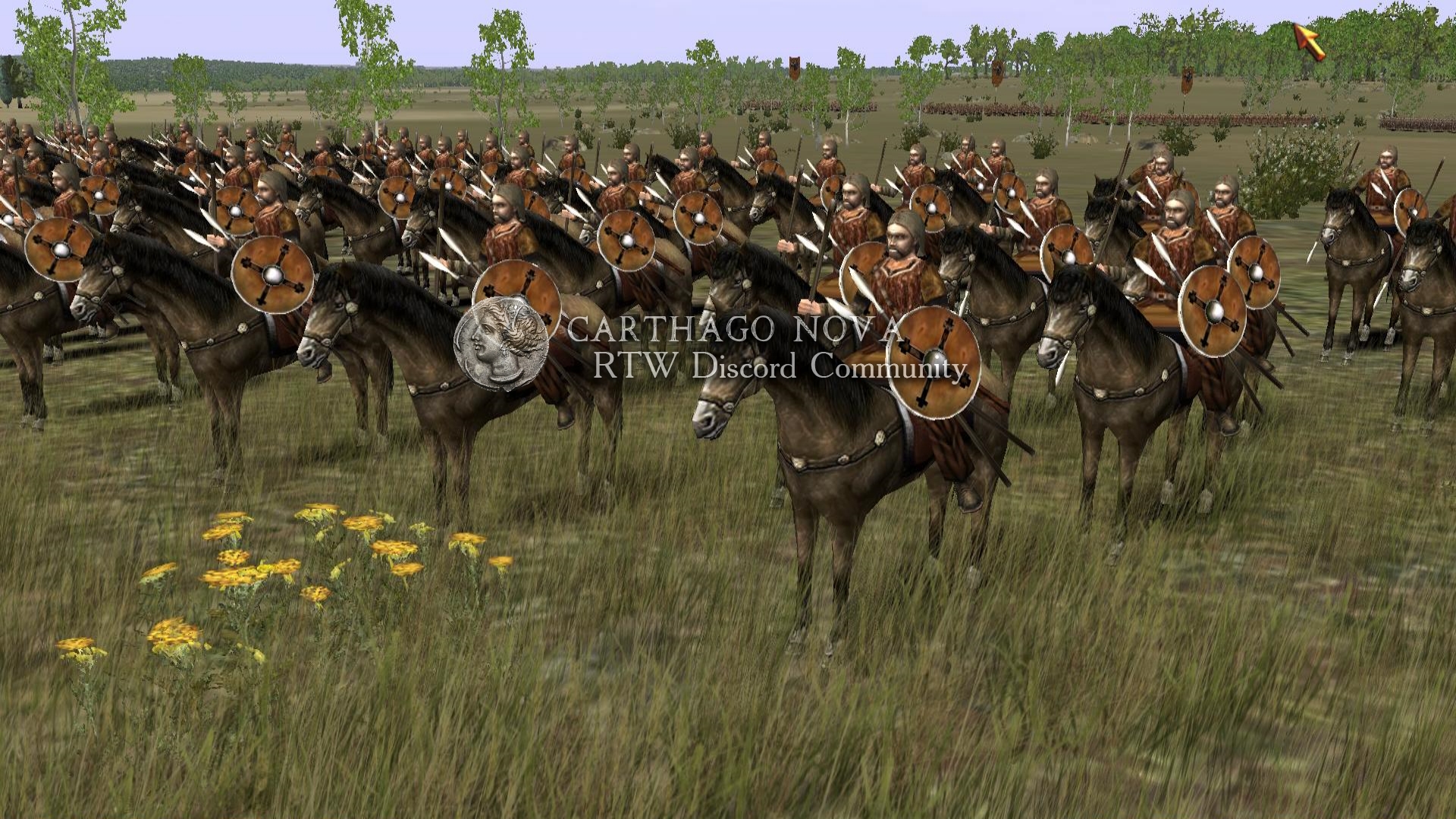
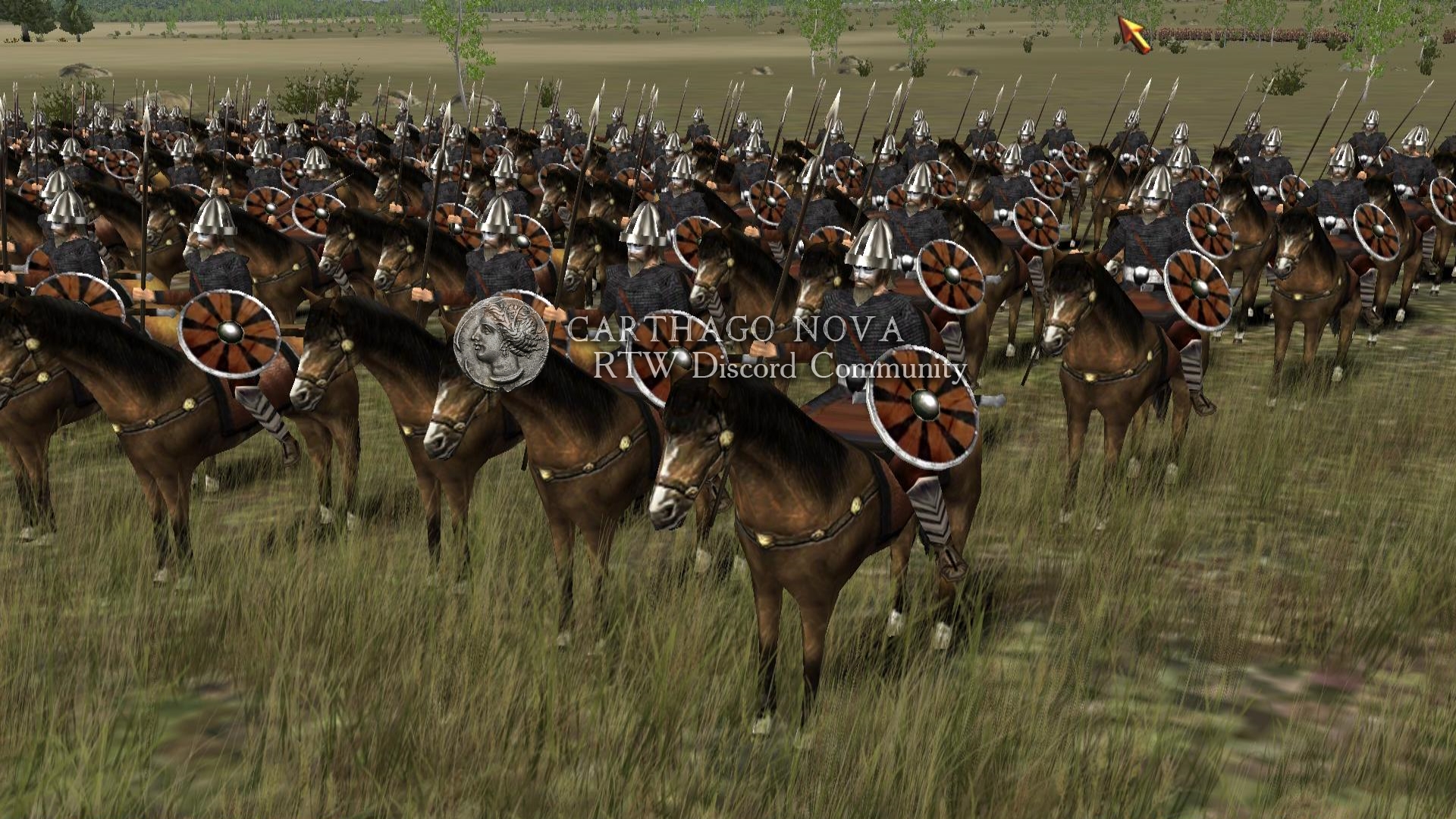
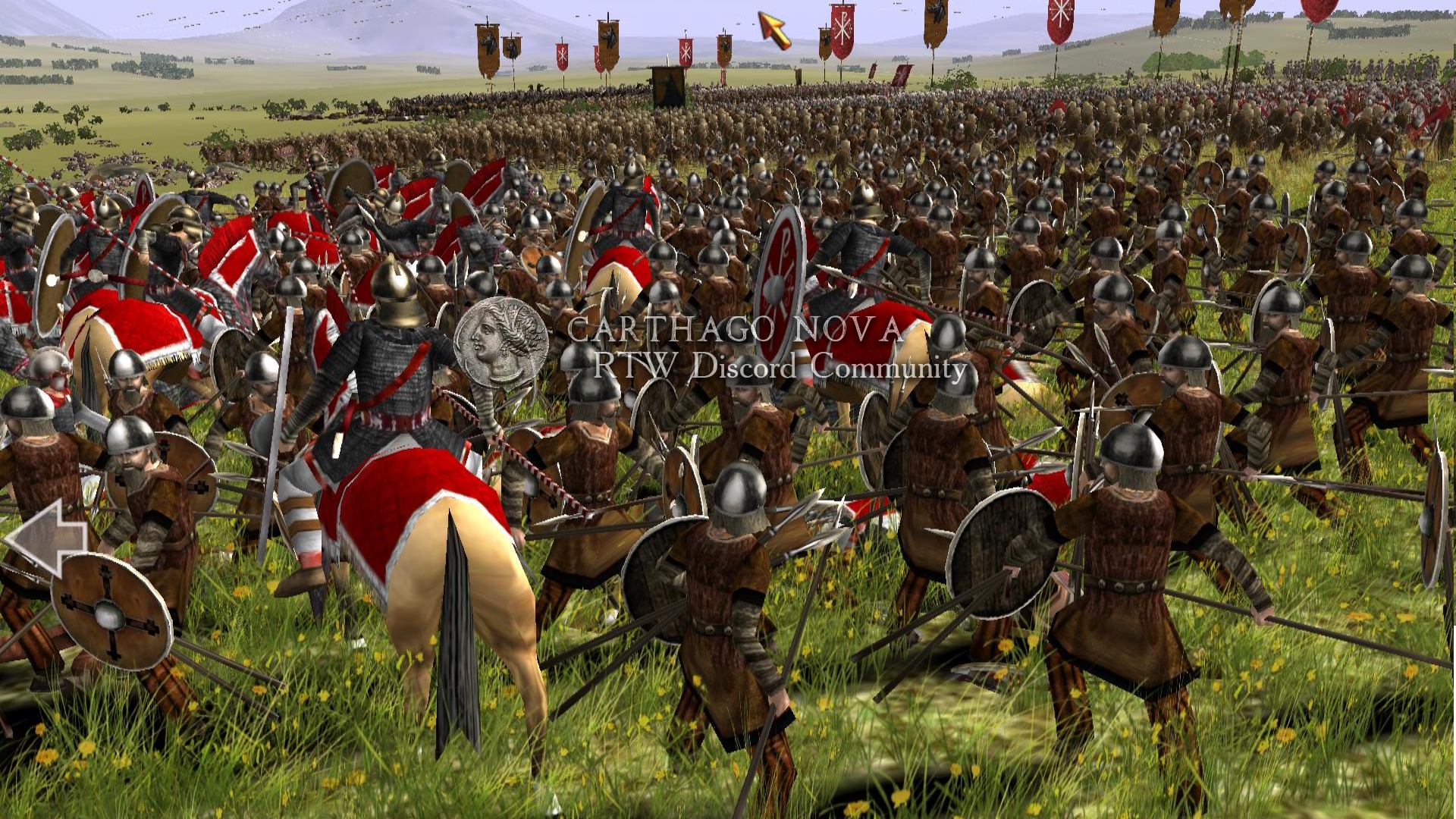
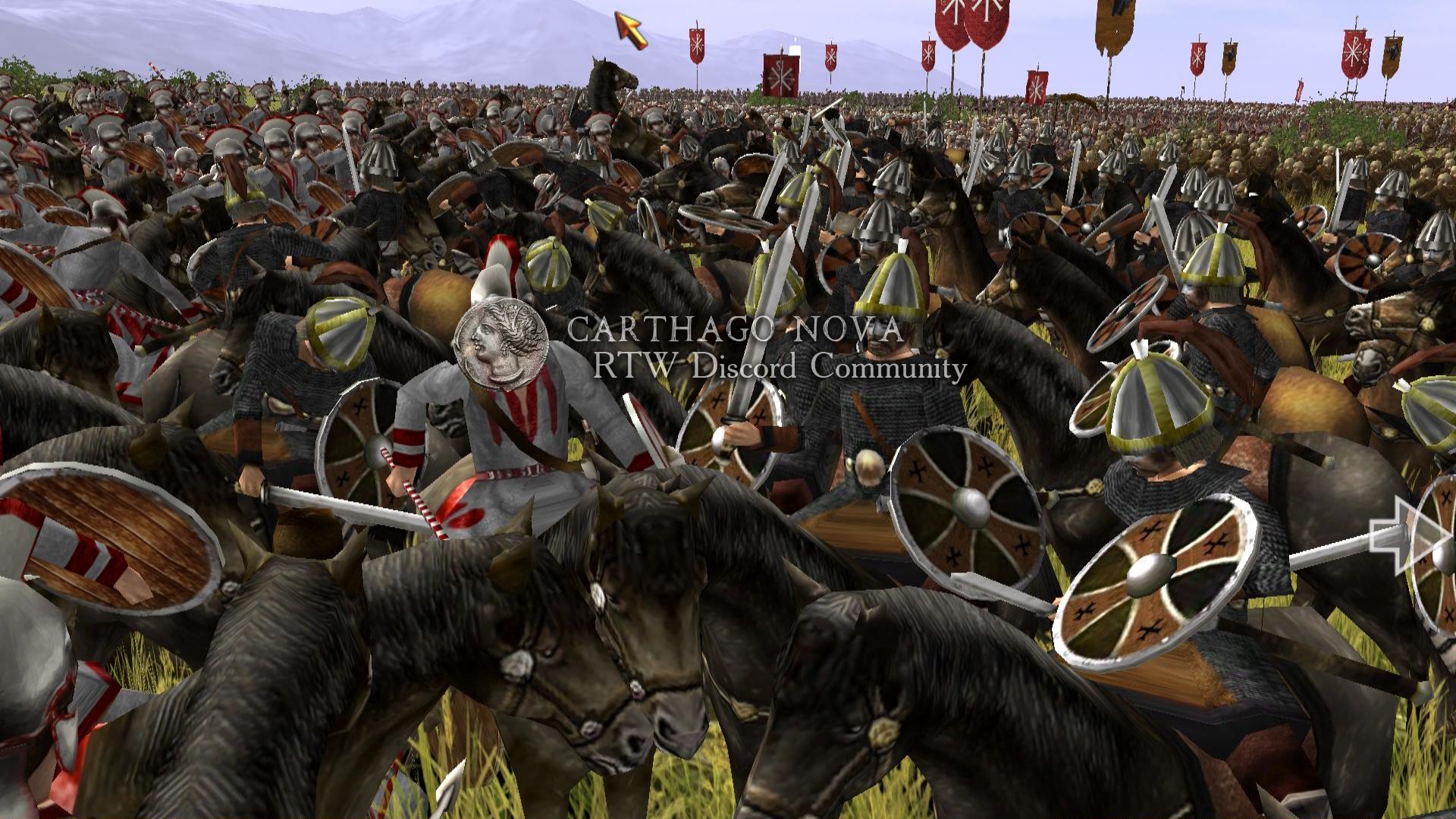
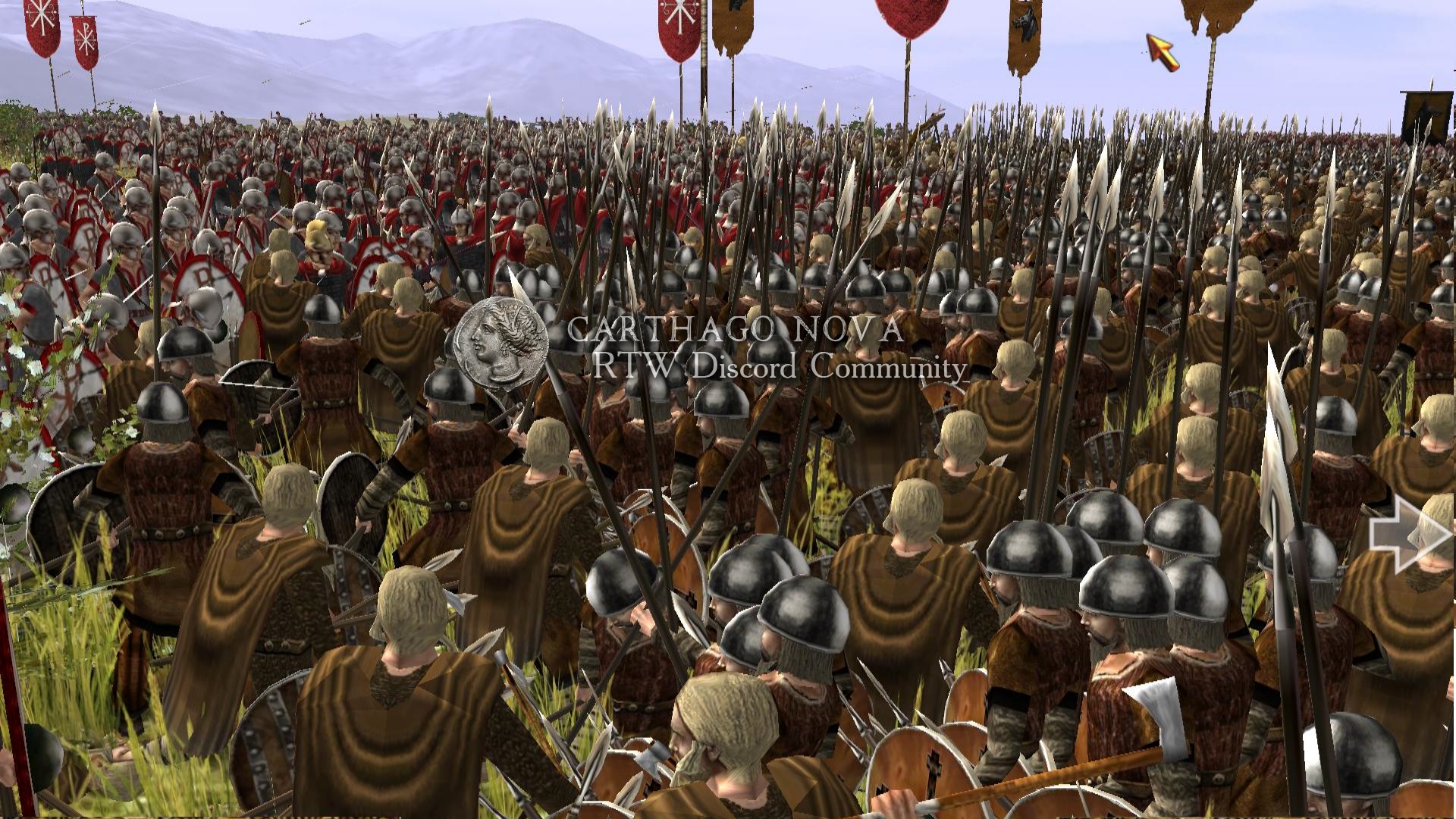




как всегда познавательно и интересно..с прискорбием вынужден признать ,что я не знал и сотой доли той инфы об вандалах ,упомянутой в данной статье..мне стало ОЧЕНЬ любопытно поиграть за вандалов в будущем моде..чесно говоря никогда за них не играл ,ни в одном моде--считал их дикарями ,ордой,что-то типа гуннов..но прочитав статью понял ,что ошибался.скажу больше..общаясь с творцом будущего мода Скайнет Бункером в дискорде я обязательно буду просить ,умолять ,требовать ,бить челом --об отдельной мощной провинциальной кампании за вандалов..я и название придумал -" Великий поход"..когда читал данную статью ,то не покидало чувство ,что это какой-то спошной и невероятный БАНЗАЙ ..если бы меня спросили--обьясни ЧТО такое тоталвар---я бы сразу указал на .."Великий поход вандалов.."желаю автору крепкого здоровья ,творческого порыва и всяческих успехов..